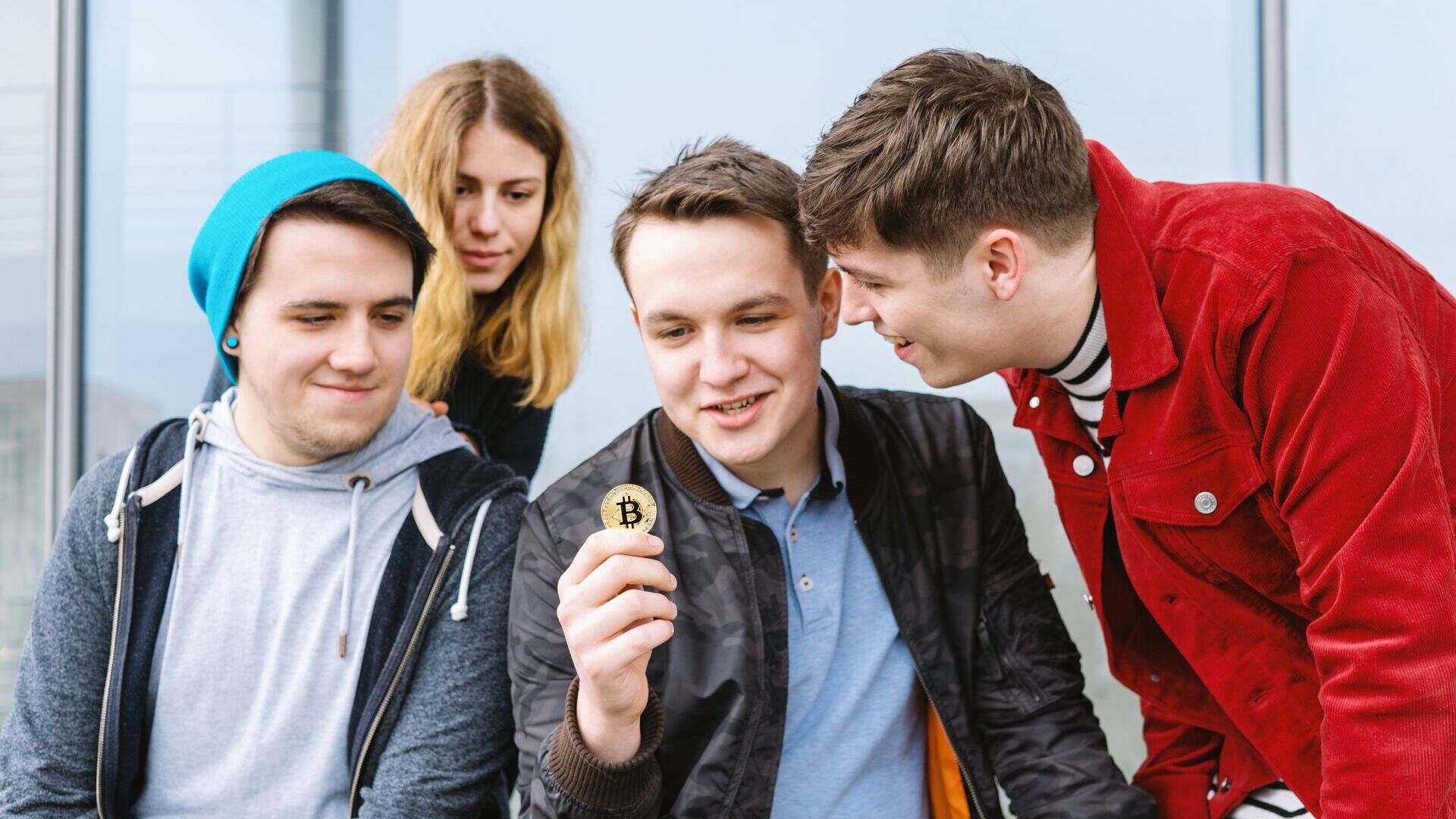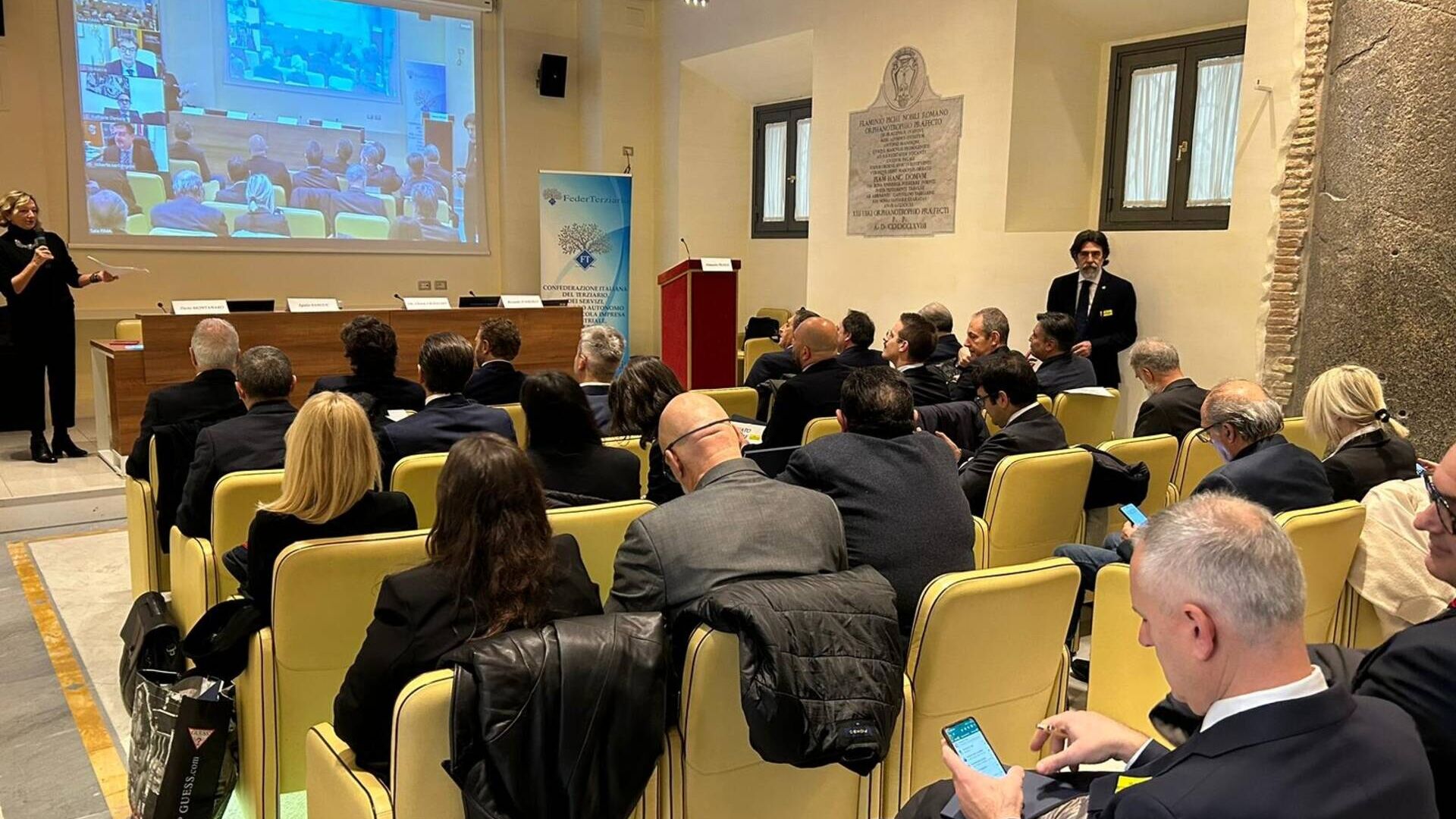Increase traffic on SEO optimized content: social networks, newsletters and link building
Chapter 5: In this short chapter, we'll explore three different techniques for increasing traffic to your content.
At this point in your SEO journey, you should be able to build a blog capable of communicating with Google's algorithms and have plunged headlong into the world of keywords. If then from these keywords you have also managed to come up with respectable contents, we can say that you are on the right path towards optimization. Now is the time to take everything you've done and give it a deserved value through an activity that can increase its visibility.
Your awesome (or supposedly awesome!) content may be optimized for search engines, but the importance of a dissemination on alternative platforms and a link policy well structured can transform any site into the best version of itself. In this short chapter, we'll explore three different techniques for increasing traffic to your content:
- Link building
- Newsletter
- Social media
All these strategies allow you to achieve the only result that matters: increase traffic to your pages through in-depth brand identity enhancement activities. As? Let's find out together!
What is Link Building?
Anyone who wants to be known on the web knows that his blog must receive quality backlinks. We are talking about hyperlinks, not only the ideal ranking factors that improve the positioning of your page on the SERP, but elements that allow you to gain notoriety and traffic from other websites.
How do you get relevant links from other web platforms that we can't control? The answer, of course, is the same one we tell ourselves every time: we need to write quality content. Many people are willing to link to your page for free, as long as the content offers value to them as well. And depending on the segment of the market your business is in, you could actually end up with a small treasure trove of links that will change the perception of your pages not only in the eyes of search engines, but also that of users. Excellent idea to earn links is to make available high-quality material for download, such as e-books, free high-resolution photographs, calendars or wallpapers for desktops and smartphones. These little gifts allow you to get backlinks without someone deciding to ask you for something in return, naturally increasing attention to you.
Another good idea to get links is to identify niche content, "holes" in the contents already present on the web and keywords with excellent search volumes which, however, do not report sufficiently relevant results. Here it is: this is where you need to enter if you want traffic to your website to increase. Another winning strategy is to create content with accurate numbers, statistics and market research to share with the rest of the web: people love a pie chart with all the data in the right place. As you can see, the backlink strategy is aimed at attracting the attention of other websites (and users), increasing traffic to your pages by taking advantage of everything we have taught you about SEO.
You can check i backlink that you received using the appropriate tools available, even free of charge, around the web. We recommend Ahrefs and SEMrush.
Newsletter
Quick definition: the newsletter is a tool that allows you to send messages, more or less personalized, to a list of people who have agreed to keep up to date with your services. Companies of a certain level work with huge mailing volumes, providing their users with extremely fresh information, top quality offers and providing an interesting, engaging and packaged capillary communication service to stimulate clicks. The newsletter allows you to communicate news, important information and other business needs to a specific number of users who have accepted to be part of your mailing pool. These people expect a certain type of newsletter from you:
- Relevant to your business;
- Interesting in terms of content;
- Not pushy!
The newsletter it is the email marketing tool par excellence, i.e. the branch of digital communication that uses the sending of emails to disseminate important information about one's business. The newsletter differs from traditional email because it can be sent simultaneously to an infinite number of people using the bulk mailing tools. These programs, usually for a fee, operate on an SMTP server, i.e. structures capable of sending mass emails without them being labeled as spam and automatically inserted in the email "Junk" folder.
The newsletter is not a tool to let all your customers know that there is a 5% discount on jaguar stain remover on your e-commerce, but it is an informative, captivating text that allows the user to know news about your company, or invites the user to dig deeper into the topic you posted about on your blog. True, it can also contain sponsored elements, but it must be thought of as an integral part of a larger communication project, where the newsletter is a tool to let users know that you are investigating a topic that interests them closely.
A newsletter is therefore mainly oriented towards policies of brand awareness, authority and website traffic.
Social media (the right ones)
Who needs to invest time, blood, sweat, money and effort on content that no one can see? SEO plays an essential role in making the content a point of reference over time, making it available to the people of Google thirsty for knowledge or consumption even after weeks, months or years.
It's the traffic boosting businesses like the sharing on social networks, however, to give that little initial boost to the content that allows you to test the ground on the subject, verifying how the text could be improved through the feedback from the first readers. Social networks are a channel with a very high penetration and diffusion rate: if it is true that in a few days your content will be completely buried by others, it is very likely that during that short period it will be stormed by readers thirsty for knowledge. And why not harness such power?
Facebook, Twitter, Instagram LinkedIn and many other social services: which is the most suitable for your brand? Find the ideal formula for your product and, just like you have decided to do with SEO, make it part of your website's daily beauty routine. SEO optimization + social sharing = the perfect formula for unforgettable content and traffic that doesn't disappoint.
Just like SEO, social requires constancy and daily efforts. There is no point in publishing a post and then forgetting Facebook for the rest of the day or week: like all good things in life, social networks must be cultivated, cared for and carefully guarded to transform themselves into a catalyst for traffic, attention, sharing and visits. Google and other search engines are able to recognize (and reward) social engagement from a positioning perspective: yes, you got it right! Content with many likes and many shares also becomes an interesting candidate for the top positions on the SERP.
You may also be interested in:
Persuasion or manipulation? Genesis and historical impact of PR
This is how Public Relations, from the sophistic dialogue of ancient Greece to the current digital era, continues to offer continuous innovation
Young people and cryptocurrencies: how to find out more about Bitcoin…
Introducing kids to digital currencies and Blockchain can be an exciting endeavor, given their affinity for technology and innovation
“The patient at the centre”: a great hope and a meeting in the Senate
The topic of the importance of innovation in medical devices for European healthcare will be explored on 15 May in Rome by experts and politicians
by Alberto NicoliniEditor of districtbiomedicale.it, BioMed News and Radio Pico
Four countries, one gigantic ocean: the CMAR case
It is the marine corridor of the eastern tropical Pacific: Panama, Ecuador, Colombia and Costa Rica allied for the protection of seas and marine species...




